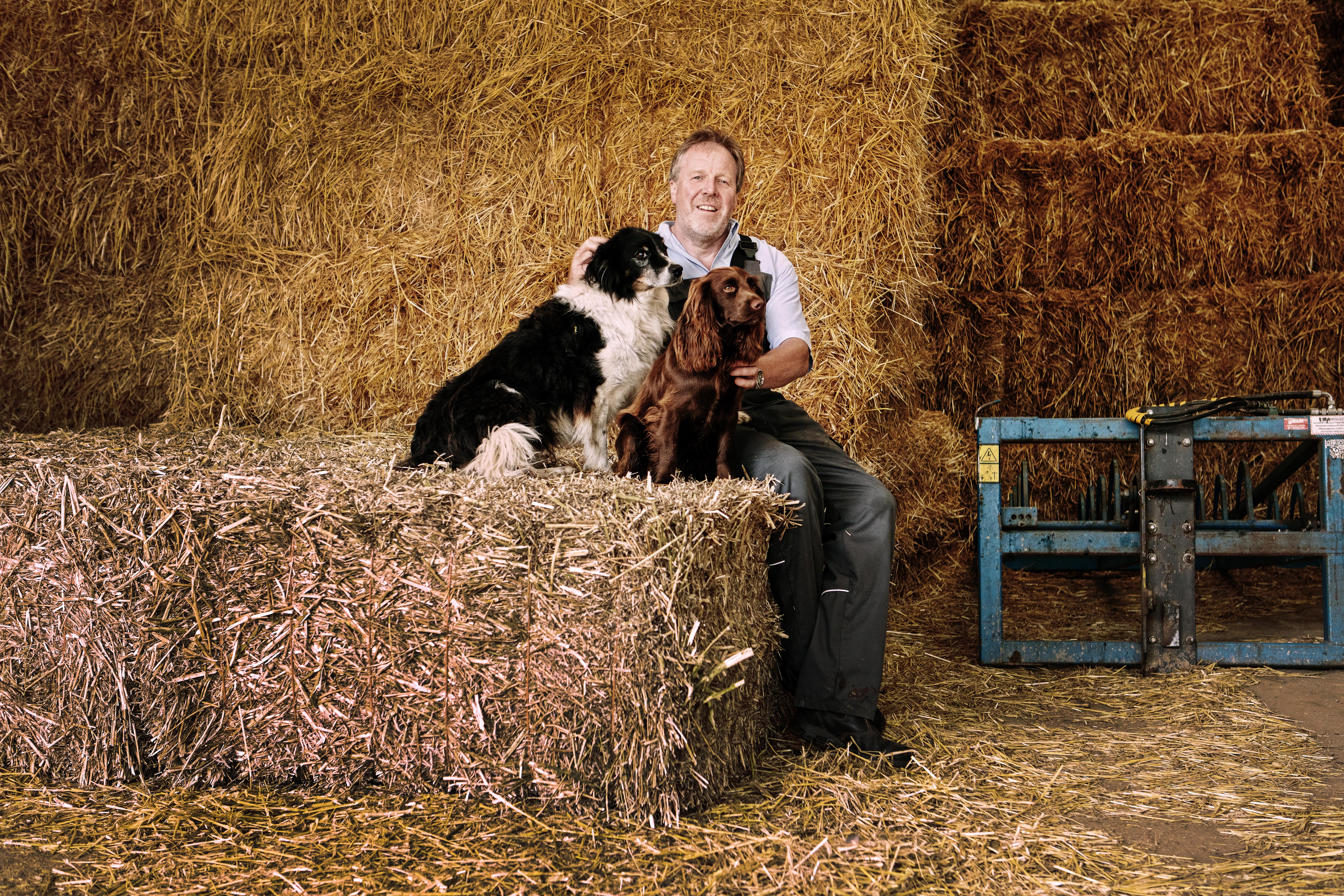Across the country a combination of sunshine and warmer temperatures has prompted rapid crop growth and reports are coming in of mounting disease pressure. While nutrients are currently top of the to-do list, many growers are starting to think about fungicide programmes and watching crops carefully for signs of disease.
Here, we catch up with three farmers to find out how their winter wheat is looking and what’s on their minds for the weeks ahead.
Mike Hambly, Cornwall
Mike’s 200ha family farm grows autumn-sown combinable crops, namely winter oilseed rape, winter wheat, winter oats and barley, as well as finishing beef.
“Winter wheat went into good conditions and it’s looking well,” he says. “Half this year’s acreage is Extase, which is romping away. The other half is a new variety for us, Dawsum. There’s obviously quite a difference in the growth habit and development of those varieties.”
The last two months have been extreme opposites. Mike can’t recall such a dry February, yet there have only been two days in March with no recorded rainfall and the month totalled around 200mm. In Cornwall, temperatures have been close to average.
“It’s just been a bit tricky with the weather,” he admits. “There’s a stack of jobs to do, such as the PGRs needing to go on, but it’s been difficult to find the time to do it.”
With Revystar XE in the shed, the mainstay of Mike’s programme has been decided. “We’ve been debating whether to do a T0 this year,” he says. “But we don’t tend to suffer from yellow rust and, with the Extase already at growth stage 31, it looks like T1 isn’t too far away. I suspect fungicide timings might get compressed this year.
“I’ll try and get a good product on at leaf 3 and choose something with eradicant activity.”
Elsewhere on the farm the barley and oilseed rape are looking good. The oats, however, suffered from disease early on and Mike’s waiting for test results to see whether it’s oat mosaic virus. “If the results are positive, we’ll have something to think about – it could have an impact on the whole rotation,” he says.
Hannah Darby, Cambridgeshire
Farming 310ha on the fens, Hannah grows winter wheat and spring wheat, as well as intercropping either beans or peas with oats. The soil type presents some interesting challenges when it comes to soil health and crop nutrition.
“We didn’t plant as much winter wheat as originally planned this year,” she notes. Having moved farms and taken on land with a thriving black-grass population, Hannah was in no rush to drill a significant proportion of the potential winter wheat acreage.
“While we were waiting to drill, the weather broke and so we’ve opted for spring wheat. It means that we’ve now only got 15-20ha of Dawsum which has followed sugar beet, and 80ha of Skyscraper. That Dawsum is a little backwards and soil disturbance from the beet harvester has brought up some black-grass seed. The Skyscraper, however, has 3-4 tillers and is looking good.”
While many activities came to halt in March, the dry February provided Hannah with a window to drill the spring wheat. Her attention, now, is on nutrition.
“Disease is obviously important but so is keeping the plants healthy,” she says. “While many fungicides have preventative activity, you can get more from them if plants are strong to start with. Because we’re on the fen, we apply manganese, magnesium and copper early in the season to help with plant’s own defence.”
Like Mike, Hannah is considering whether to include a fungicide at T0: “Crops aren’t quite at T0 yet, so the decision will be made in the coming week. Then my attention will turn at T1, where a robust fungicide will be in the mix.”
While it has been wet, it’s been warm too and so Hannah will be keeping an eye on the season’s development.
Scott Campbell, Aberdeenshire
Further north, Scott is waiting for that warmth which will kick-start growth across his 415ha.
“March has nearly been a write off – the ground has been too wet to travel on, it’s been cold and frosty, and there was snow at the beginning of the month. As a result, there’s a lot of catching up to do,” he says.
Scott intends to get on the land over the coming fortnight and is hoping for warmer weather. “The winter wheat is a little behind but if we can get some fertiliser on this week, and it starts to warm up then I’m hopeful it’ll catch up. By mid-May we could be back to ‘normal’.”
Sown between 12th and 25th September, Scott’s crops of Skyscraper, Colosseum and Dawsum were drilled a little earlier than usual.
“Skyscraper is a dirtier variety,” he notes. “Even last year, which was exceptionally dry, it still had Septoria, so it will need a robust fungicide programme which will include Revystar XE, no matter what the weather does.”
With an eye on maximising margins Scott’s experimenting with grazing sheep. “They’ve been on half a field of winter wheat with the idea being that they will take out the dead and diseased leaves, reducing the spread and giving the crop a fresher start in the spring. That crop is looking clean and is greening up nicely. I’ll hopefully save a T0 there and on the Colosseum, as well as on the Dawsum.”
